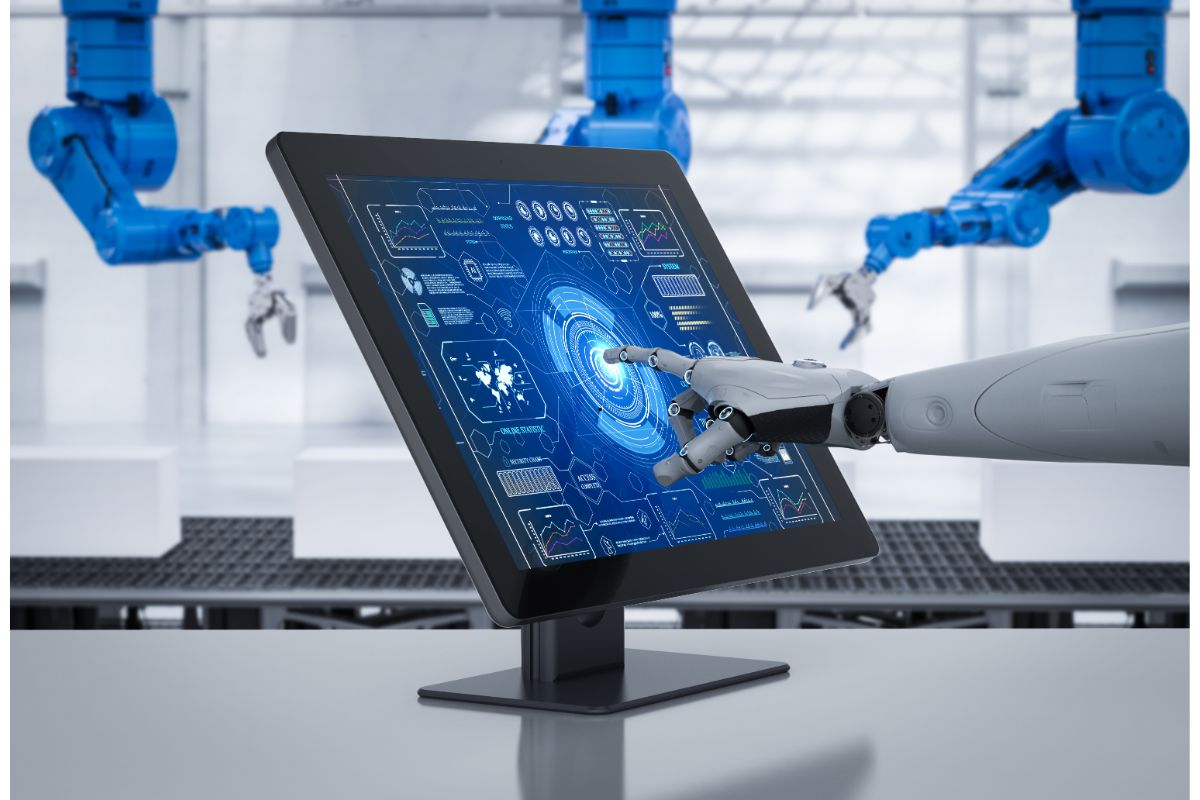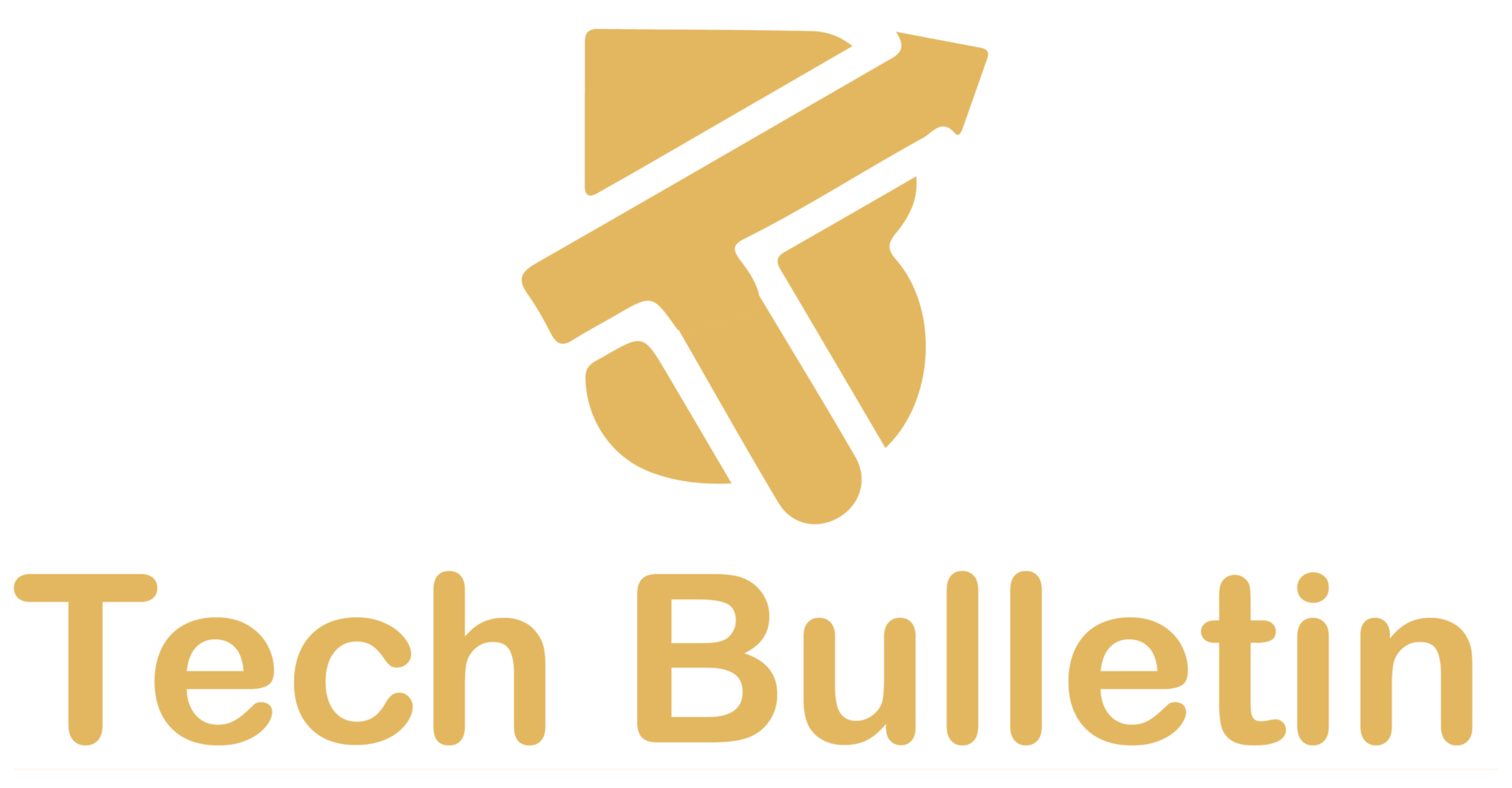How Will AI Change Education? Future of Learning

The integration of Artificial Intelligence (AI) in education is not just a trend—it’s a transformative movement. As technology advances, AI is revolutionizing how we learn, teach, and experience the educational system. But how exactly will AI change education, and what does the future of learning look like? Let’s dive in.
AI in the Classroom: Revolutionizing the Teaching Experience
Artificial Intelligence is already making waves in classrooms around the world. From personalized learning experiences to real-time feedback, AI is enhancing the way students engage with material.
Personalized Learning Paths
One of the most significant ways AI will change education is through personalized learning. AI systems can analyze a student’s strengths, weaknesses, and learning pace to create a tailored learning path. This means each student can progress at their speed, receiving content that suits their specific needs. Imagine a classroom where every student has their AI tutor, guiding them through lessons and providing extra help when needed.
Real-time Feedback for Students and Teachers
AI can provide immediate feedback on assignments and tests, allowing students to learn from their mistakes right away. Teachers can also benefit from AI, as the technology can highlight patterns in student performance and recommend areas for improvement. This real-time feedback helps everyone stay on track and ensures no student falls behind.
AI for Administrative Tasks: Saving Time and Reducing Errors

Educational institutions can also leverage AI for administrative tasks, allowing educators to focus more on teaching. From scheduling to grading, AI can automate many of the repetitive tasks that take up valuable time.
Automating Grading and Assessments
Grading assignments and exams can be time-consuming for teachers. With AI, the grading process becomes faster and more accurate. AI tools can assess written assignments, multiple-choice questions, and even provide instant feedback on essays. This automation reduces the workload for teachers and ensures grading consistency.
Streamlining Scheduling and Resource Management
AI can help schools and universities optimize scheduling by analyzing factors like class sizes, available resources, and teacher availability. By automating the scheduling process, institutions can maximize efficiency and reduce human error. AI can also help allocate resources more effectively, ensuring that classrooms are equipped with the right materials and technology.
AI in Educational Content Creation: Unlocking Creativity and Innovation
AI’s role in content creation is already transforming how educational materials are developed. With AI-driven tools, educators and content creators can produce dynamic, interactive, and personalized learning materials.
Adaptive Learning Tools
AI-powered adaptive learning platforms are already changing the way students interact with educational content. These tools adjust the difficulty and pacing of lessons based on real-time student performance. For example, a student struggling with a particular concept might receive additional explanations, while a high-performing student can move on to more challenging material.
AI-Generated Learning Resources
AI is also being used to generate learning resources like quizzes, flashcards, and even video lectures. This allows educators to focus more on instruction while AI takes care of creating supplemental learning materials. With AI handling these tasks, educators can dedicate more time to creating interactive learning experiences and engaging with students.
The Role of AI in Distance and Hybrid Learning Models
The shift to distance and hybrid learning has accelerated the need for AI-driven solutions. AI can help make these learning models more effective and engaging for students, no matter where they are.
Virtual Classrooms Powered by AI
AI is powering virtual classrooms that offer features like automated attendance, live quizzes, and personalized feedback. These virtual classrooms enable students to engage with content in real-time, with the help of AI-driven interactive tools. AI can even assist with lessons, answering questions and offering support when teachers are unavailable.
AI-Enhanced Learning Management Systems

Learning management systems (LMS) are becoming smarter with AI integration. These systems can track student progress, suggest additional resources, and automate administrative functions like grading and communication. AI-enhanced LMS platforms can make distance learning more efficient and personalized.
The Ethics of AI in Education: Balancing Progress with Responsibility
While AI offers numerous benefits, it also raises important ethical questions. How do we ensure that AI is used responsibly and equitably in education? How can we safeguard privacy and prevent bias in AI systems?
Ensuring Equity and Accessibility
One of the main concerns with AI in education is ensuring that all students have equal access to these technological advancements. Schools and governments must work to ensure that AI tools are accessible to all students, regardless of socioeconomic status. This includes providing access to devices, internet connections, and AI-powered platforms for those who need it most.
Addressing Bias in AI Algorithms
AI systems are only as good as the data they are trained on. If the data is biased, the AI system will be biased too. Developers need to use diverse, representative datasets when creating AI tools for education. Additionally, educators and policymakers must work together to ensure that AI systems are continually monitored and updated to reduce any potential bias.
AI’s Impact on Jobs in Education: A New Era of Teaching and Learning
The rise of AI in education may change the roles of educators and other education professionals. While some fear job displacement, others see it as an opportunity for new roles and responsibilities.
Teacher as a Facilitator of Learning

AI is unlikely to replace teachers but rather enhance their roles. Teachers will transition from traditional lecturers to facilitators of learning, guiding students through personalized learning journeys powered by AI. Educators will also need to develop new skills to use AI tools in the classroom effectively.
New Roles in AI Education
As AI becomes more integrated into education, new job opportunities will arise. These may include roles in AI curriculum development, data analysis for student performance, and AI tool development for education. Professionals with expertise in AI will be in high demand to help shape the future of education.
Conclusion: Embracing the Future of Education with AI
AI is poised to transform education in profound ways, from personalized learning paths to administrative automation and content creation. While challenges like equity and bias must be addressed, the future of learning looks brighter with AI at its core. By embracing these innovations, we can create a more efficient, accessible, and engaging educational experience for all.
FAQs
1. How will AI change the classroom experience?
AI will personalize learning, automate grading, and provide real-time feedback to enhance both teaching and learning.
2. Will AI replace teachers?
No, AI will enhance the teacher’s role, allowing them to focus more on facilitating learning rather than performing administrative tasks.
3. How can AI help in distance learning?
AI can power virtual classrooms, provide personalized learning experiences, and automate administrative functions in distance learning.
4. Is AI safe for use in education?
AI can be safe if implemented responsibly, with a focus on equity, accessibility, and minimizing bias in algorithms.
5. How will AI affect the job market in education?
While AI may change teaching roles, it will also create new opportunities in AI curriculum development, data analysis, and educational tool development.
Also Read: What is the significance of prompt engineering in generative AI?







